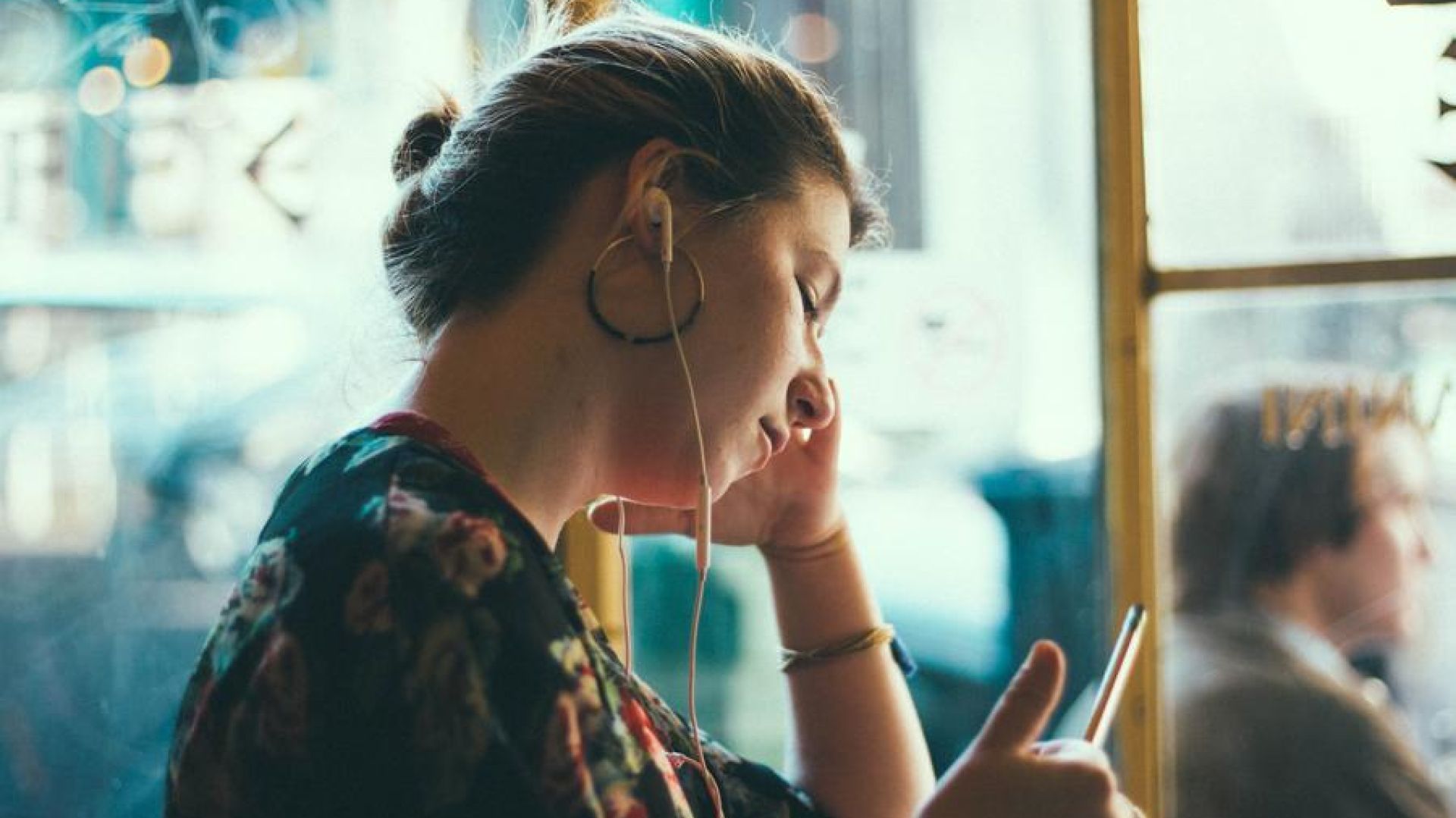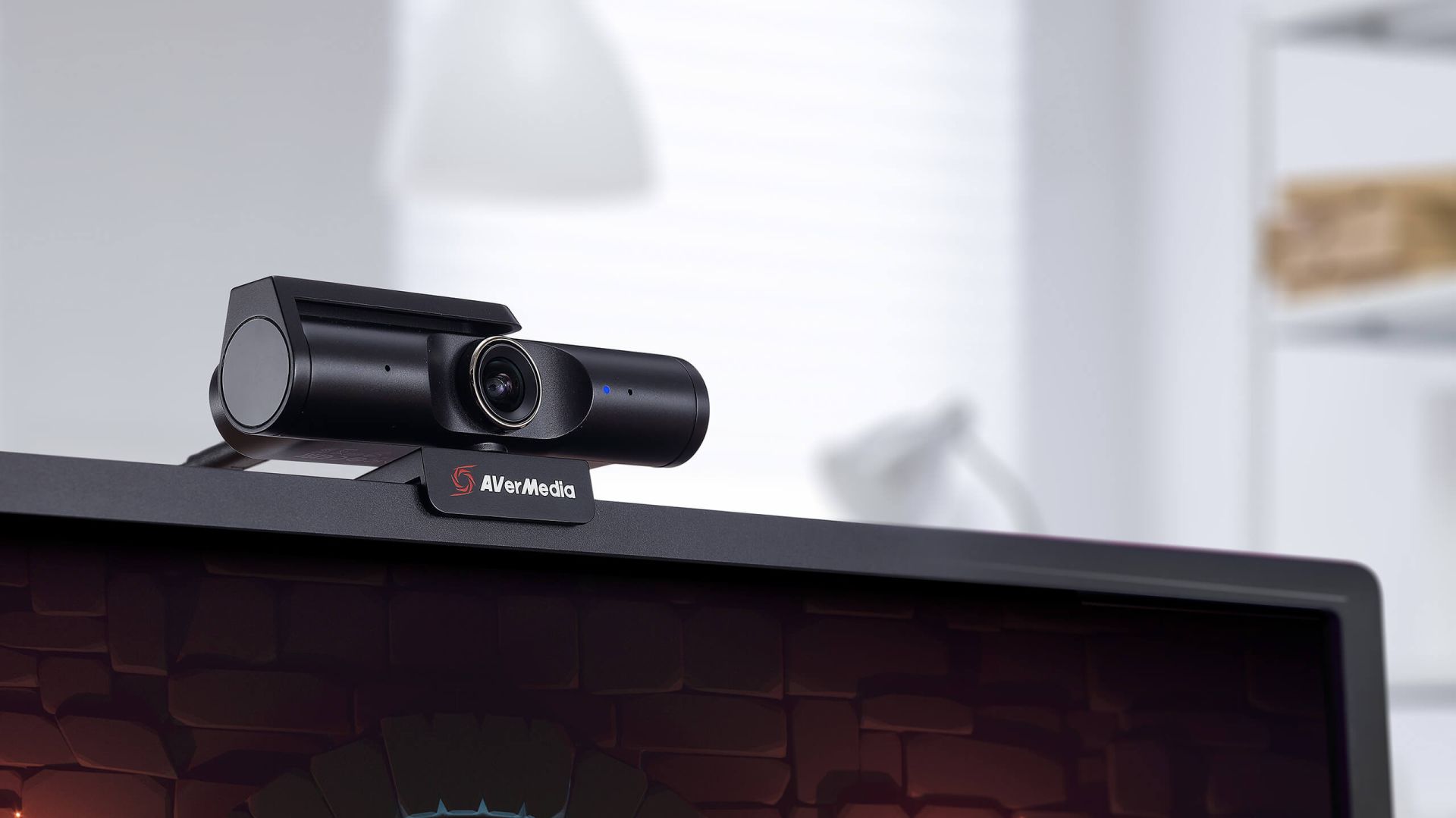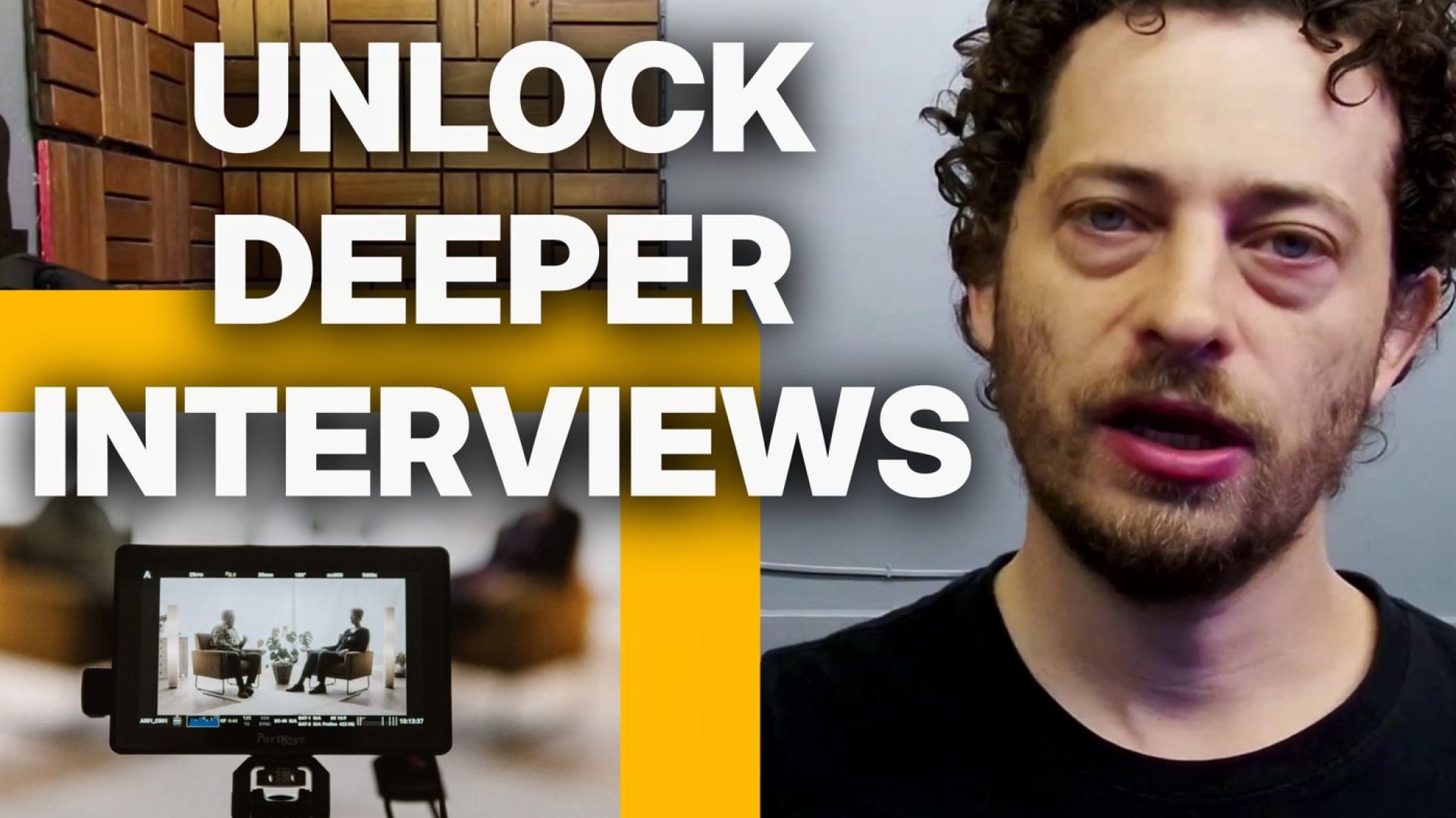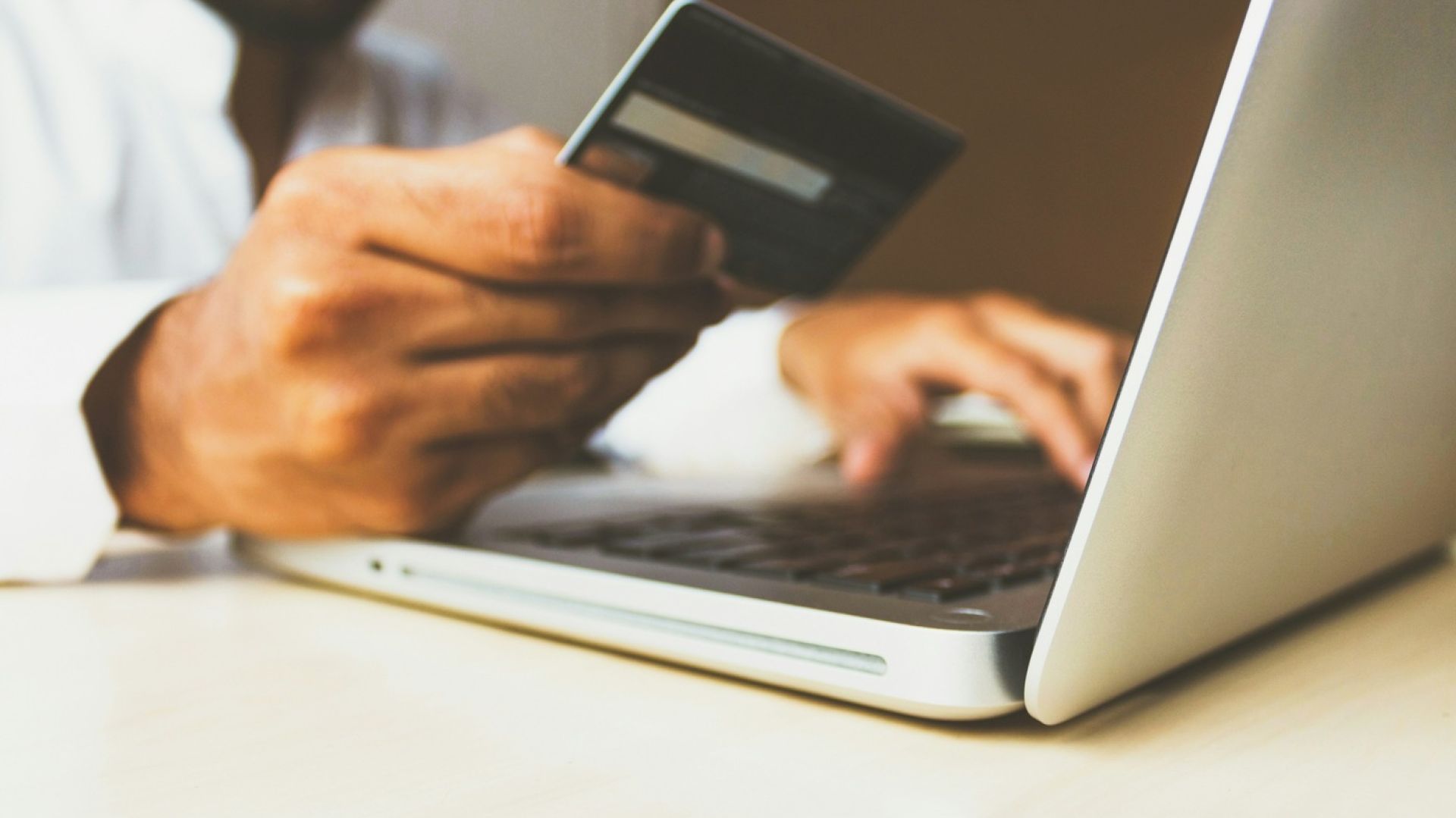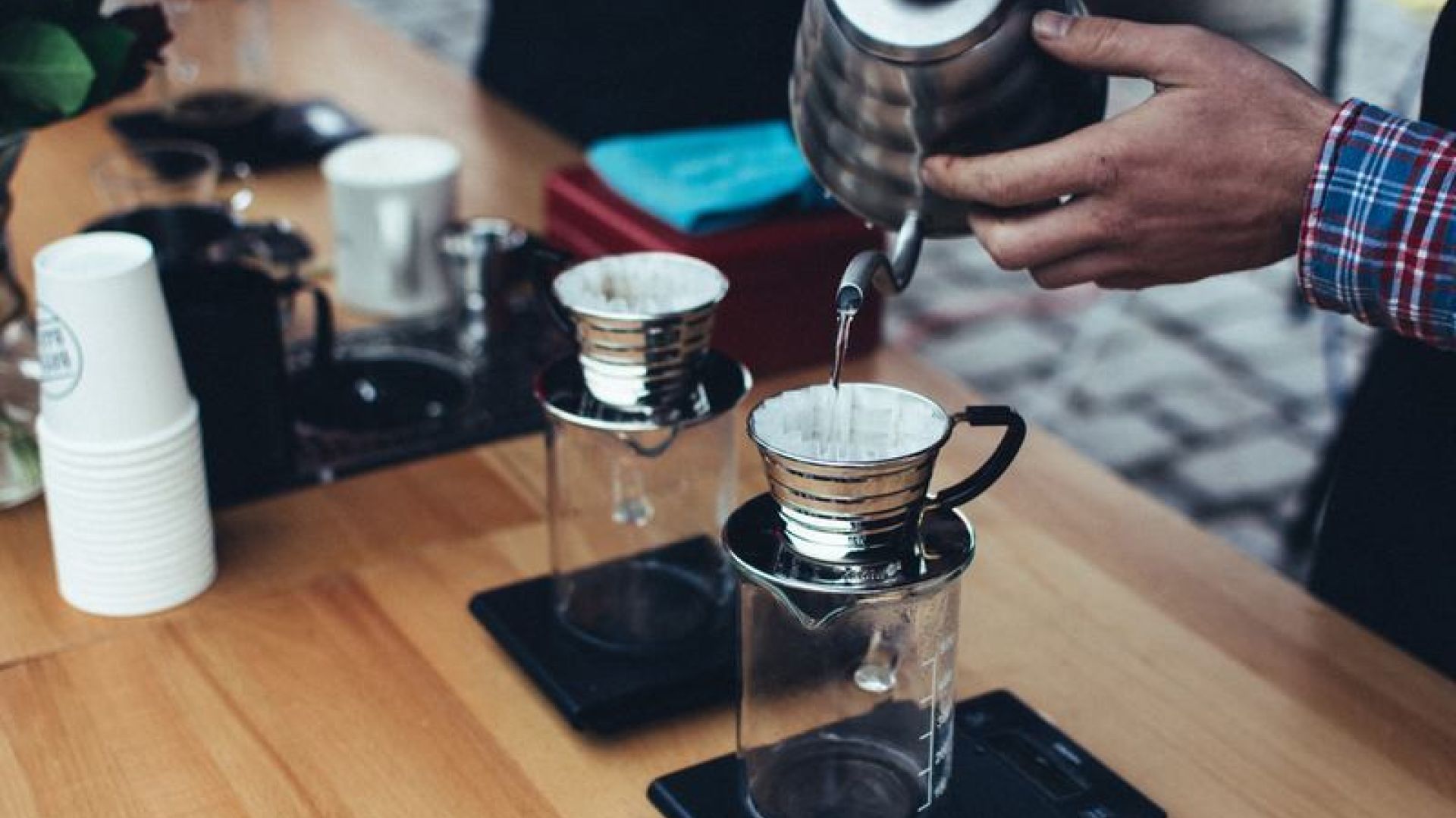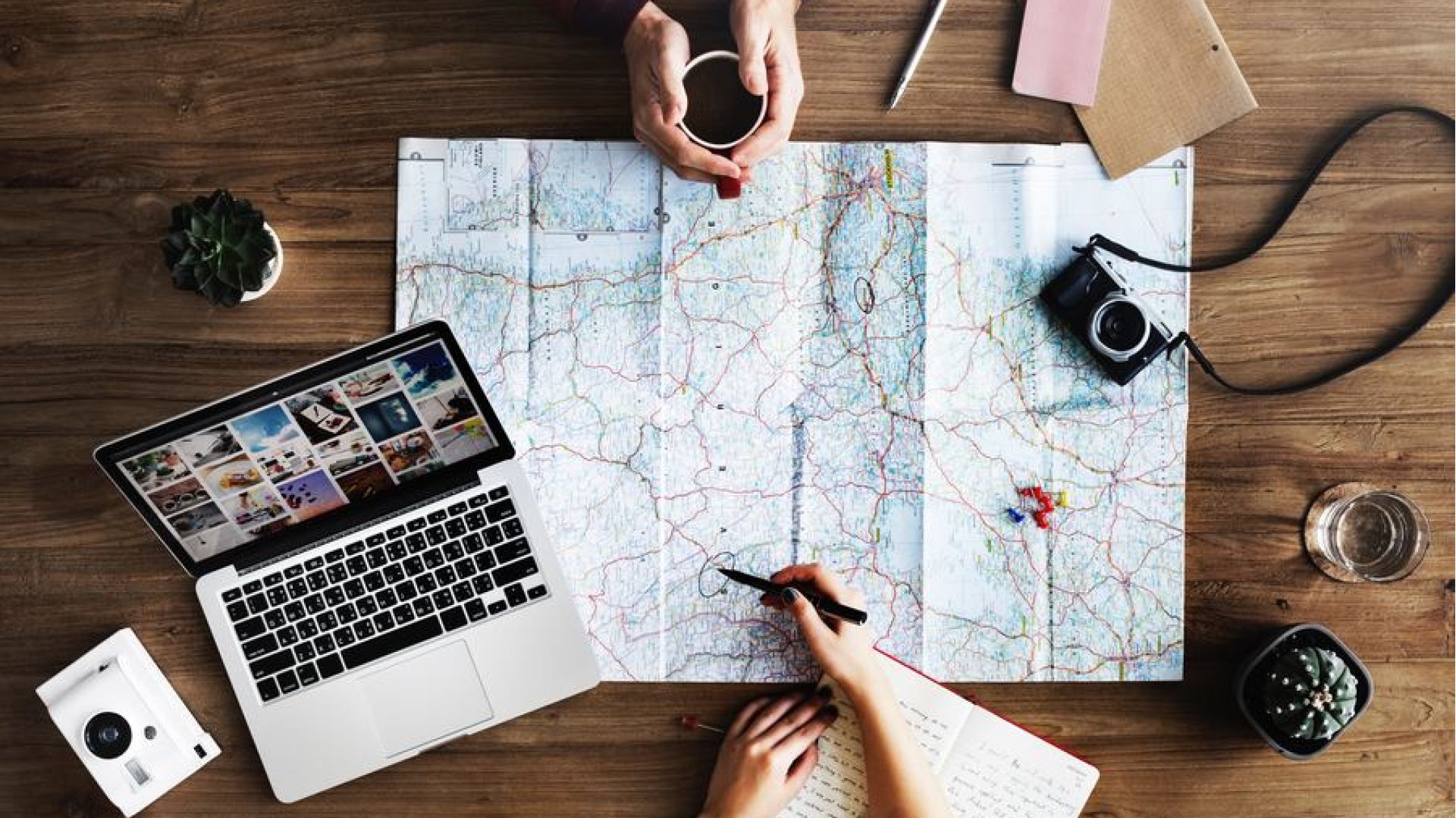
PODCASTING: The BEST WAY to Record Video Episodes Without Burning Out + Answers to More Questions
Since 2020, I've been podcasting consistently. My podcast is called "Share Life: Systems and Stories for Living Better and Working Smarter."
I'm going to answer several submitted podcasting questions, and then I will share my story about how I got into podcasting and how it's evolved. Here are the questions.

The 4 Podcasting Questions
- What makes a good podcast voice? How do I make my voice soothing to listen to so people stay engaged?
- Is it possible to track whether listeners paused or switched to a different podcast after they started listening?
- Some podcasts come out as video, as yours does. What's the best way I can ensure high-quality video during the podcast? Are there dedicated podcast recording platforms that can be used instead of Zoom if we're recording in different locations?
- How do you generate enough content to keep podcasts running on a bi-weekly basis? It sounds like it would become a full-time job to record a podcast so often.
How I Got Into Podcasting
I started podcasting in 2020. Before that, I launched my YouTube channel in 2017 and have been consistently blogging since 2014. Writing was my primary medium; it's where I began. I published my first book in 2017 and my second in 2019. Podcasting was the third evolution of my content creation journey.
My original plan was to begin podcasting in 2021, but the pandemic hit in 2020, accelerating things for me. I thought, "I don't know what's going to happen during this crisis or how it's going to affect my freelancing, but I think podcasting will help me process what's unfolding and how to navigate it." It would also help others and my freelancing business. So, I decided to launch the podcast when the pandemic hit, which led to all kinds of interesting opportunities.
One hurdle I faced with podcasting was the need for it to be as simple as possible—so easy it would be "stupid" not to do it. The tool that made this possible was Anchor (now called Spotify for Podcasters). Anchor allowed me to record, edit, and add music directly within its platform, overcoming a significant barrier for me. When the pandemic hit, these two pieces — the need for a simple solution and Anchor's emergence — came together, and I leaned in.
I had done a few experimental episodes before 2020: one in 2018 and two in 2019. After these experiments, I was ready. The pandemic hit, and I was off to the races. I started interviewing people during that year, developing my "Inspirational People Interview" format. I created a set of starter questions that allowed me to interview guests seamlessly.
One of the reasons I started these interviews and earlier experimental episodes was to help others. I had achieved success in my freelancing — earning good money, securing a good number of clients, and doing quality work. I didn't necessarily need more business as a freelancer, but I was meeting people who were changing jobs, losing jobs, or wanting to get into freelancing. The podcast became a way to uplift them. As my friend Jim Karwisch says, it was a way to "lift them up."
If someone were in a difficult situation, I could help them. If I admired someone, I could interview them. If someone had a powerful story, I could capture it. That's how it began to develop from the start.
I'd always envisioned podcasting as another channel, another medium, to create content. I'm truly a multimedia content creator. I love writing and books, and I've come to enjoy podcasting. I've also become quite good at interviewing people, learning how to extract information and explore different angles to make interviews engaging for both the interviewee and the audience. This is something I continue to hone.
From the beginning, I always recorded my interviews as both video and audio. I published the audio episodes through Anchor (Spotify for Podcasters) for distribution to platforms like Pocket Casts, Spotify, and Apple Podcasts. I also uploaded the videos to YouTube. I didn't think much of it at the time, but in retrospect, I'm grateful I did. Past Jason uploading those episodes to YouTube set things in motion for what I'm doing now with the podcast and beyond.
In 2020, I published 33 videos to YouTube, all of which were podcasts. That was the most podcast episodes I had done in a single year. In the years that followed, I pulled back. Over the years, my podcast has evolved through several iterations.
I've introduced new episode types:
- Blog readings: I take a blog post I've written and use AI to narrate it (or other cases, narrate it myself).
- Fireside chats: These are episodes where I'm talking directly to the listener or viewer.
- Inspirational people interviews: I continue to do these formats, as described above.
- Book discussions: I read a book and then discuss it with the author (or someone else who has read the book). This has opened up interesting opportunities to interview other authors, and I'm grateful to those who have helped me continue to grow this podcast.
- Listen to Learn: This episode type focuses on a particular topic that we dive into in detail.
- Respawn and Reflect: I've only got one episode of this at this point, where Tariq Cayne and I played a difficult video game called Project Zomboid while I interviewed him. It's a fun new format.
- Spontaneous Conversations: This is another recent addition. I get a couple of people to join me in the studio, and I pull up a clip or read a quote. We have a quick, 15 to 20-minute rapid-fire conversation, garner some takeaways, and then move on.
Having different types of podcast episodes makes it interesting for me as a creator and allows people to come on the show in various forms or be repeat guests. I don't want to limit my podcast to a single format. While a streamlined approach might be good for you, especially when you're starting, as I did in the earlier stages, these different formats, though more time-consuming to plan, record, edit, or publish, add dynamics that make it exciting for me. However, they can also create friction in terms of publishing. When you're starting, keep it as simple as you can, and then dive into the more complicated stuff as things progress.
I've been podcasting, and I'll continue to do it because I love it, I'm good at it, and I think it's a great opportunity to build my idea business and content creation business.
One additional development is that in 2025, I'm taking YouTube seriously. This means I'm aiming to get monetized as a YouTuber so I can monetize my podcast. Of all the ways I explored, YouTube is one of the low-hanging fruit opportunities. I need to get 1,000 subscribers and 4,000 watch hours. It's realistic, though it might take me a year (or longer) to get there.
There are other ways to monetize as well. I've had a sponsor for one of my podcast episodes, and I have a sponsor for an upcoming episode. Getting more sponsors would be great because it makes the podcast more financially viable, allowing me to pour more energy, resources, and time into growing it, doing more episodes, creating more interesting content, and increasing production quality.
Let's dive into the questions.
1. What Makes a Good Podcasting Voice?
When I think about this question, I consider sincerity and sustainability. If you're going to podcast for the long run, you need to do something sustainable. If you're putting on an act or a performance that isn't genuinely you, it will require much more energy, effort, and focus. It will be harder to sustain because you'll have to rise to a performance level every time you record an episode. While that might be something you're good at or interested in, it can be very draining over time to pretend to be something you're not. That's why sincerity comes to mind; it's more sustainable to be yourself and speak from your voice.
What that voice might be, I would describe as a point of view. Do you have a unique perspective, paradigm, or belief structure? Do you look at topics, people, or conversations through a specific lens and approach them with that voice? If so, lean into that. If you don't have a distinct voice because you're still discovering it, consider seeking out other voices. You could interview people, and your job wouldn't be to have a voice but to help pull their voice out. For instance, you could interview experts and get them to share their points of view and perspectives.
Some people will like your voice and enjoy listening to you. There might be a personality conflict where some listeners have an issue with your voice or how you sound, and they may not stick around. But others may have an affinity for you. Some of this is based on personality and how you approach and discuss things. There are YouTubers and podcasters whose hosts I just don't like listening to; it's not the content, but how they operate or speak. And that's okay, because there are a ton of podcasters and audiences, and they won't always be compatible. Some podcasters I love listening to, my wife finds their voices grating.
You're not going to win everyone over, and that's where I think sincerity is the best way forward. Be yourself. The people who find your content valuable, interesting, and appreciate your vocal delivery will stick around. If your content is compelling enough, you'll even get people to stick around who may not love your voice but truly want the content. In that case, the compelling content will be more valuable than the voice itself.
2. Is It Possible to Track Whether Listeners Paused or Switched Episodes?
I mentioned Anchor earlier; it was acquired by Spotify and is now called Spotify for Podcasters. It's the same portal, though they removed some of the original easy-to-use tools. However, if you use a platform like Riverside (affiliate link), which I use and will discuss more in a minute, it makes creating your episodes pretty easy. Spotify for Podcasters is an online platform you can use to upload your episodes, and it will distribute them across various platforms, not just Spotify.
Regarding tracking, there are a couple of things to keep in mind. Different platforms offer different types of analytics. Spotify for Podcasters has a dashboard with analytics for Spotify listeners and basic analytics for other podcast platforms. For other podcasts, the analytics are pretty basic; I can see how many people downloaded the podcast, but I can't tell if they listened or how much of it they listened to. For episodes actually on Spotify, I can click into an episode and see some data about retention, such as how long they listen. There's some ability to get the type of data you're looking for, but it's currently limited on Spotify. I suspect it will continue to grow and become more robust.
For the most part, with podcast episodes, the data you'll get will be at a high level, primarily the number of views or downloads across platforms. The type of detailed data you're looking for is typically found on YouTube. YouTube analytics are very detailed. I can see the average watch time of a video, and at what points of the episode viewers were most focused or interested because they can skip around the timeline. You can see this collective audience behavior in terms of how they move through your timeline. You'll typically see a "waterfall" effect where people start the video, and then the viewership gradually drops off, with maybe 30% of your audience sticking around for the entire video. If you can get your audience to watch the whole video, it drives consumption hours, which YouTube calls "watch hours" and Spotify calls "consumption hours."
YouTube has the most data to see how much a person watched, and these watch hours contribute to becoming monetized as a YouTuber. You need to have 4,000 watch hours within 365 days to get monetized. After that, when you run ads on your YouTube videos, you can get paid for those ads.
To answer your question directly: Can you track whether listeners paused or switched to a different podcast? You can't track if they paused, but if they switched to a different podcast, you can see that they left your video. You won't know where they went, but on YouTube, you can see exactly when they dropped off.
3. What is the Best Way To Record High-Quality Video Episodes?
This is a great question because I've gone through a few different layers of this. I mentioned Riverside (affiliate link) earlier, so let me explain how I ended up using it.
When I first started, I used Zoom because I was already using it for video calls during the pandemic, and it allowed recording. In hindsight, I regret that. The way it was recorded back then was that it produced one video for all participants, whether in a grid view with four boxes or a presenter view that swapped between speakers. The problem was that each video wasn't recorded as a separate track. As I've gone back to those older podcasts to create clips, I'm limited in what I can do because the video quality isn't great. I wish I had all the original recording footage, but I don't. From what I understand, Zoom has since added the ability to record individual tracks, which is crucial for more advanced editing.
With Riverside, however, I do have those original high-quality recordings for everything I've done over the past couple of years on the platform. This allows me to go back and do interesting things with that high-quality video that I couldn't do with Zoom. Zoom isn't primarily focused on podcasters or creating videos for YouTube, so while it can perform some functions, Riverside is dedicated to making podcasting easy to record and edit.
Riverside has saved me countless times when issues arose. One feature I love is that it records the video locally on each participant's computer and then uploads the file. This ensures the video recording is of the highest possible quality. When you're interviewing someone, internet connection issues can sometimes cause the visual quality to degrade during the live stream. However, with Riverside, even if the live feed is lower quality, the local recording is always at its highest quality. This is vital for a great quality podcast. All the issues I would have faced on Zoom would have been problematic, but Riverside made them manageable.
Even for videos where I'm just talking to the camera, I use Riverside because it's easy to record. They also have an easy-to-use editor. It's a transcript-based editor, so it has a normal timeline for those familiar with editing. But if you prefer not to use a traditional timeline, you can simply select and delete words or sentences in the transcript, and it will automatically delete them from the timeline and the video. You can look through it like a Word document, delete the text you don't want, and you've got your final video. It's fast.
You can change formats (grid view with multiple people or screen share, or single person focus with small boxes for other participants). They offer various caption options, and one tool I've used extensively is their automatic clip generation. This feature uses AI to scan the transcript and create clips for YouTube Shorts or Instagram/TikTok Reels, identifying moments it thinks will be most effective for getting traction for your podcast episode.
To ensure high-quality video, I recommend using a dedicated platform like Riverside. I switched from Zoom to Riverside, and while it costs more, it's worth it. I'm now an affiliate for Riverside; if you use my link, it will benefit me with a small commission, helping me continue to create content, and you'll get the benefit of using an awesome platform like Riverside.
4. How do you sustainably generate enough content for a bi-weekly show?
That could indeed be the case. When I started podcasting, I wanted it to be so easy it would be "stupid" not to do it, because I was freelancing and had to prioritize my billable hours. I needed something that wouldn't be time-consuming. So, for me, really until 2025, I considered my podcast in beta mode — it was a hobby, despite having over 100 episodes. This year, I'm taking podcasting and YouTube seriously, figuring out how to monetize it sustainably so I can continue to grow it. That's been a mindset shift: from beta mode to "I'm live, I'm taking this seriously."
The key takeaway here is that you don't have to commit to a strict cadence right away. Think about your current situation and how podcasting can fit into it. If you want to get serious about it and commit to a bi-weekly schedule, you need to calculate the time involved. For example, if you're interviewing someone, how much prep time does it take? For my "Inspirational People Interview" format, I have a static set of questions, so prep might only be 15 to 30 minutes. The interview itself might be an hour. Editing with Riverside is usually simple, and I rarely have issues, so that might be another hour. So, for one episode, I might spend about 2.5 hours. If I did this bi-weekly, that would be 5 hours every other week, or 10 hours a month, which seems pretty realistic.
I prioritize progress over perfection. I just want to get the episode done, move it forward, and then do the next one. I'll learn, get better, and figure things out. I can evolve things to increase the quality and add more bells and whistles along the way. But fundamentally, I start with a simple core idea, keep it simple, and produce it at that level. This allows me to produce a large number of episodes without it taking a whole lot of time.
Now, some episode formats, like my "Respawn and Reflect" episode, are more time-consuming. The videos ended up being over two hours, and we recorded for three hours. I probably spent four or five hours editing that, bringing the total close to 10 hours for one episode.
For me, I'm trying to make podcasting a financially viable path. I'll continue to freelance, but I'd also like the podcast to generate income. If I can make money from it, I can reinvest that back into the podcast to produce more episodes, do more interesting things, and raise the production level.
If you're doing a different type of podcast, like a monologue where you write a script that takes a couple of hours, then record, and then edit, it might take five hours instead of two and a half. That might be more difficult to sustain. If that's an issue, simplify it. Do shorter scripts and simpler ideas so you can build up.
This all comes down to understanding your purpose, your vision, why you're doing it, where you're trying to go, and the outcome you're trying to generate. Then, how do you get there based on your current limitations and your goals and desires? And how do you create a plan to move towards that?
I've been able to podcast on the side while writing books, freelancing, and blogging. I've found a way to fit it in. I haven't necessarily committed to a strict bi-weekly schedule, allowing me to be flexible and produce episodes as I could, as opportunities arose, or when I wanted to interview someone. That worked out pretty well.
However, in 2025, I am sticking to a cadence. While not necessarily a specific number of episodes in a specific timeframe, I'm producing enough content that I'm essentially exceeding my previous cadence. For example:
- January: Seven episodes (almost two a week)
- February: Five episodes (a little over one a week)
- March: Three episodes in the first three weeks (about one a week).
I'm doing more than one a week and fitting it in with all my other commitments. You'll need to experiment, figure out what works and what doesn't, and structure it. If you want to stick to a cadence (once every other week, once a month, once a quarter, or even twice a year), pick one that works with your current schedule and stick with it.
Podcasters Should Be Making This Type of Content To Grow
I have a few other things I want to share:
- Record video for your podcast and publish it to YouTube. If you want to be successful as a podcaster, making YouTube a priority will make your life so much easier.
- When you create podcast episodes, consider creating clips for YouTube. When I talk about clips, you have two options:
- Longer clips (5-15 minutes) in rectangular widescreen format. I've done a lot of these clips from my episodes, and sometimes they get more views and traction than the full episode. While someone might start watching a full episode, they might not finish it. A clip allows you to focus on a very specific topic from the episode, which can gain much more traction on YouTube. I recommend doing clips from the beginning. I didn't do this initially; I always published the full episode to YouTube and left it at that. But I started doing clips in 2024 and 2025 and have seen a lot of traction as a YouTuber, gaining subscribers and watch hours, and growing my channel.
- Reels or Shorts (30-60 seconds) in vertical video format. YouTube calls them Shorts; Instagram and TikTok call them Reels. Reels can go viral, bringing in thousands of viewers that I couldn't get on a full episode. The challenge is translating that into meaningful engagement.
I'm taking YouTube seriously this year. I didn't realize the YouTube opportunity earlier, but now that I do, I wish I had taken it more seriously when I started podcasting in 2020. I'd be much further along as a YouTuber in this process. Now, I have the opportunity to go back and implement those strategies, and it's helping me become more and more successful. I had 68 YouTube subscribers in December, and by March, I was at 217 (316 in June 2025). I've been able to grow my subscribers dramatically in just a few months, which took me seven years to get 68 initially. That's pretty awesome!
